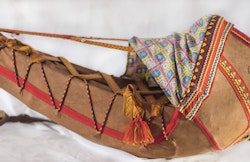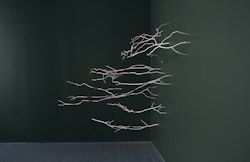Discover
Discover new artists, articles and other craft related topics. Use the tags to search all contents.
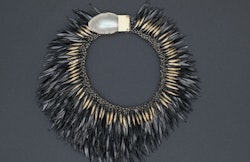
Tone Vigeland: Hands on
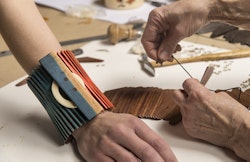
Liv Blåvarp: Touch Wood

The Innermost Corner of the Outermost Layer – an interview with Renate D. Dahl, Judit Fritz, and Lauren Kalman
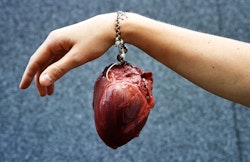
Nanna Melland: The Uniqueness of the Masses
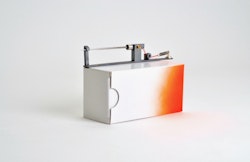
Sigurd Bronger: Jewellery as Absurd Theater
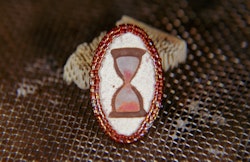
Jewellery Thoughts of Impermanence
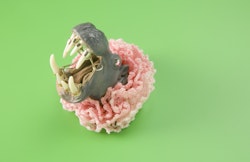
Felieke van der Leest: Toy Animals, Yarn, and Glamorous Design
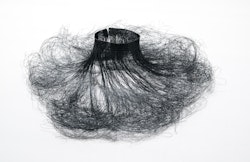
Inger Blix Kvammen: Memories in Metal
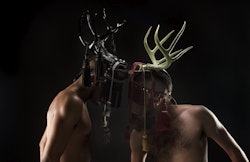
Recognizing Ground: Where Indigenous and Queer Practices Meet
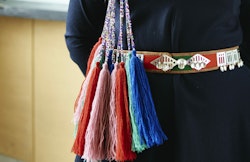
Baarkaldahke – A Living Cultural Legacy
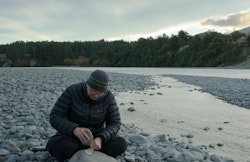
Texture of Practice: Areta Wilkinson

Jewellery Thoughts of Impermanence

The Innermost Corner of the Outermost Layer – an interview with Renate D. Dahl, Judit Fritz, and Lauren Kalman
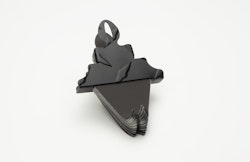
The World-Shifting Qualities of Adornment
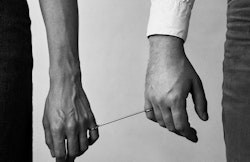
With this Ring – An Essay Celebrating the Symbolic Meaning of Jewellery

Tattoo Archaeology
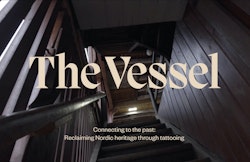
Connecting to the Past: Reclaiming Nordic Heritage through Tattooing

Inuit Tattoo Traditions and the Complexities of a Revival
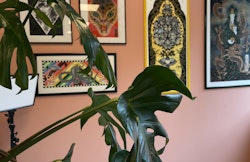
Part Psychologist, Part Mind Reader, Part Artist
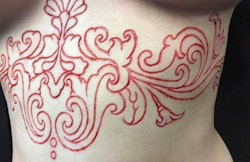
Art that hits a nerve

I'm Interested in Creating Superbeings
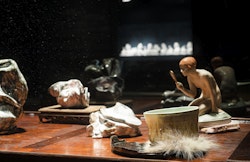
A Baroque Fairytale of an Exhibition
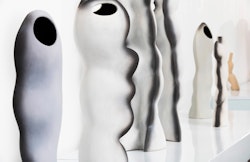
Elisabeth von Krogh: Playing with Form

Sidsel Hanum: A Journey into the Tiniest Details
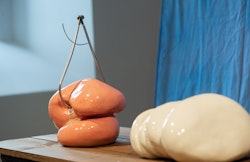
Erika Stöckel: Power of the Oppressed Body
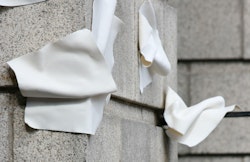
Lillian Tørlen: Meeting the Public Where They Are
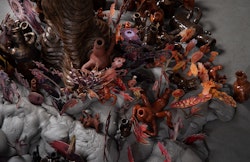
Ingrid Askeland and Hilde Jørgensen: The Morning After The Night Before
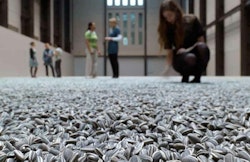
Beyond G(l)aze
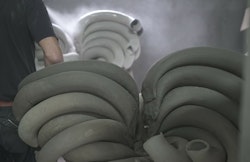
Torbjørn Kvasbø: Ceramic Expressionism
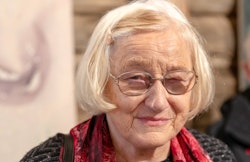
Weaving the Wild: the Work of Brit Fuglevaag

Tone Vigeland: Hands on

Liv Blåvarp: Touch Wood
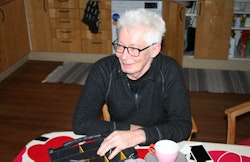
Perisak Juuso
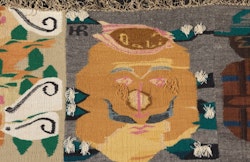
Hannah Ryggen's Popularity
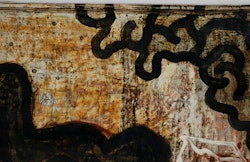
Marit Tingleff: Serving up Stories with Chances
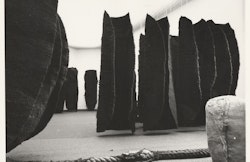
Magdalena Abakanowicz and the Norwegian Art Scene: Style Creator or Liberating Role Model?
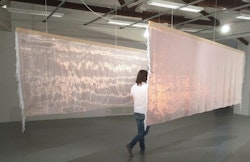
Pearla Pigao: Playing Patterns
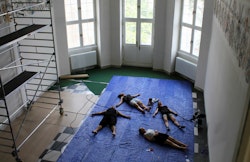
Mata Aho: Māori Weaving Practices at Atua-Scale
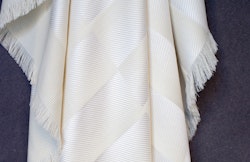
Kiyoshi Yamamoto: Material as Metaphor
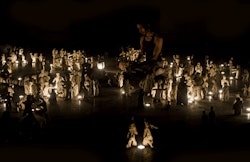
Ahmed Umar: Starting from Stories
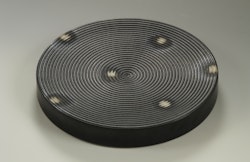
Jens Erland: Man/Machine
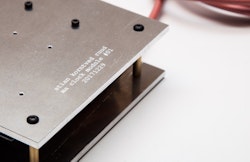
Stian Korntved Ruud: An Inventor of Curious Things
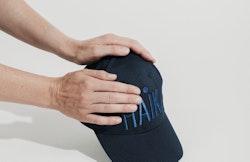
HAiK: Camouflaged Art or Bold Fashion?
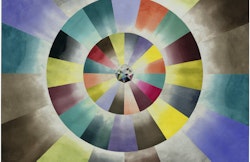
Inger Johanne Rasmussen: Beauty and Myth
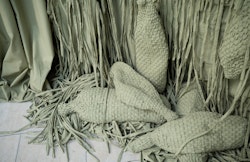
John K. Raustein: The Future is Solely Motivated by Nostalgia
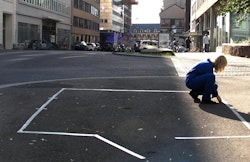
Karen Kviltu Lidal: Exposing Power Structures
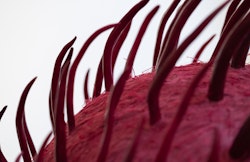
Aslaug Juliussen: A Sense of Sustainability
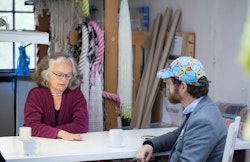
A Studio Visit with Ellen Grieg
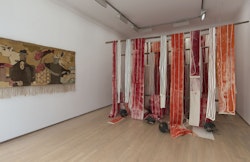
Between the Dishrag and the Tiger
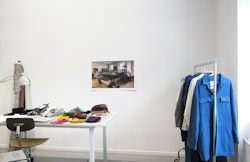
Franz Petter Schmidt: The Consummate Object
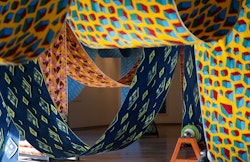
Toril Johannessen: Unlearning Optical Illusions
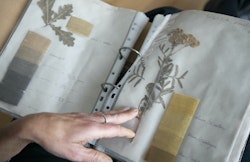
On Fibre Optic Weaving and the Archiving of Landscape
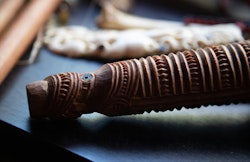
Returning the Long Silent Voices of Our Treasures to the World of Light
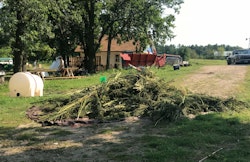
Winona's Hemp
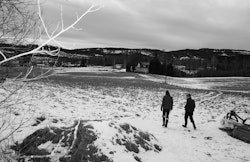
Moving Away as Moving Towards
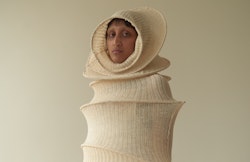
Can Textile Craft Help Restore Planetary Health?
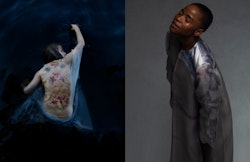
Co-Culturing: Crafting the Living
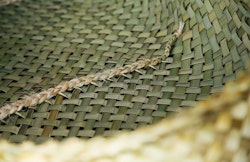
Wānangatia Te Wahakura
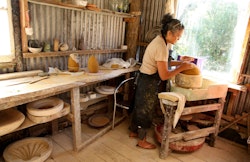
Texture of Practice: Dorothy Waetford
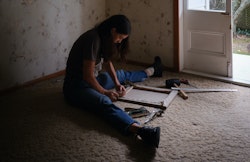
Texture of Practice: Raukura Turei

The Landscapes Within: Monika Svonni

